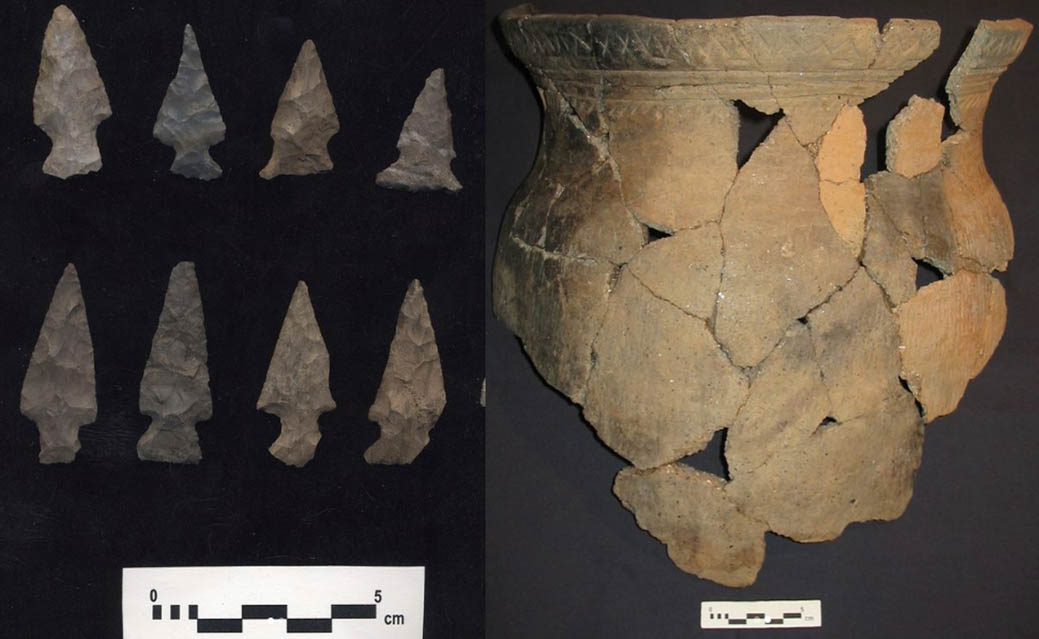Mississauga commemorates underground Indigenous village
After locating more than 40,000 artifacts, the City of Mississauga is building a 27-acre park above decommissioned golf course to honour Indigenous territory.
Nearly 30 years ago, between 1992 and 1994, archeologists discovered more than 40,000 artifacts in Mississauga’s Britannia neighbourhood. They were brought in to excavate before developers covered the site with subdivisions and found the remains of what seems to be an Indigenous village. The City of Mississauga announced in February that they will commemorate the area by building a 27-acre park in its place.
The site, found in an area of Mississauga that dates to the Late Woodland Period, is called Antrex. Exploration at Antrex revealed artifacts from a village believed to be from the 1300s. It underwent hand excavation of over 760 meters across the land where artifacts–including nine longhouses, thousands of ceramics, smoking pipes, stone artifacts, and floral and faunal remains–were discovered. The excavation took up 75 per cent of a hectare.
The land is now located near the decommissioned Grand Highland Golf Course, between Hurontario Street and Highway 403 and was bought last year by the city with plans to turn it into a public park. Research reveals the village was once occupied by around 400 to 500 individuals and was highly organized with streets and public areas.
It was not until last month that Carolyn Parris, Mississauga’s Ward 5 Councilor, brought forward a motion to commemorate the Indigenous village in the new park. The decision was unanimously passed in council where directors have begun speaking with local Indigenous Peoples to correctly honour the land.
Signed in February 2022, the motion will hold the city responsible for working toward a “respectful memorial and correct interpretation of this historical, archaeological site while engaging with “Indigenous Communities who have Treaty and Traditional Territory in the city.”
According to their website, the City of Mississauga feels it is important to honour Indigenous history and is committed to reconciliation with the Indigenous community. Specifically, they state, “Reconciliation can take the form of reversing erasure of Indigenous history through interpretation.”
Currently, these artifacts are sitting at the University of Toronto Mississauga (UTM). They have been housed at Department of Anthropology since 2007.
This follows the university’s involvement with the land, as Erindale College students were involved in the initial excavation as a part of the archaeological field school program when the site was first found in 1992. The recovered artifacts are now being used for research and have been instrumental to understanding the pre-colonial settlement patterns and culture of First Nations Peoples.

